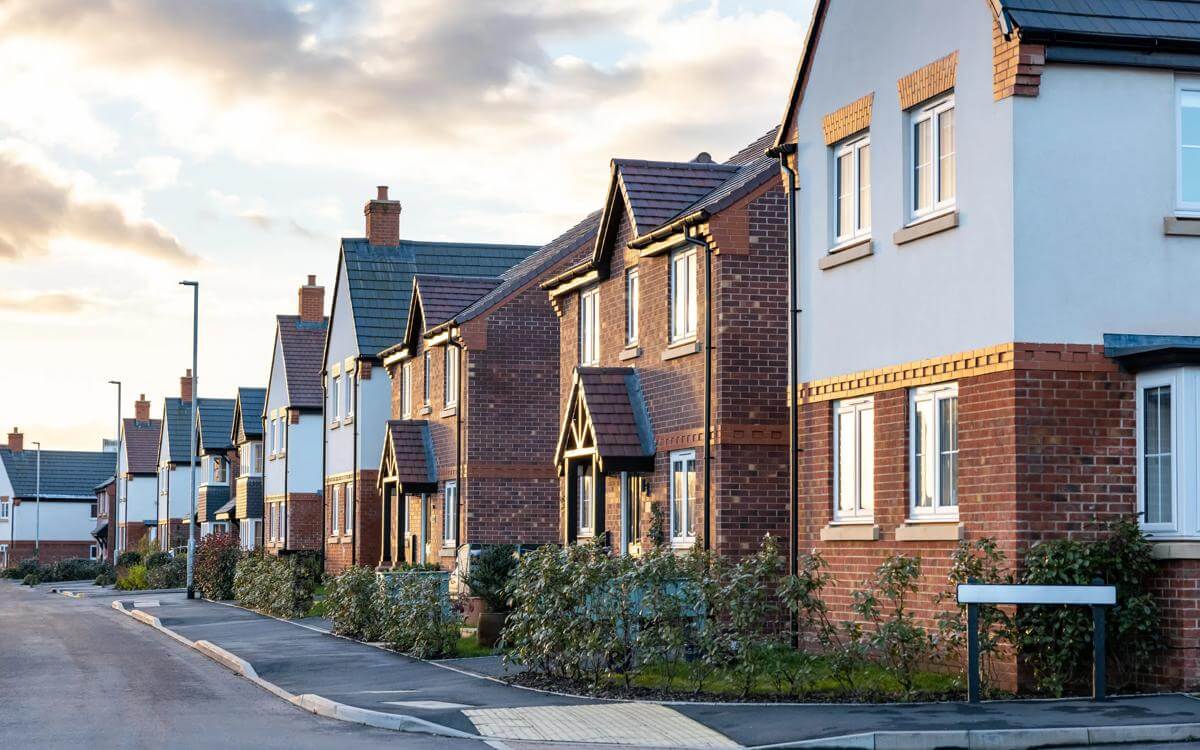A Greener NHS Estate: Top tips for implementing your Green Plan
This article takes key areas of focus within the NHS Estate and presents our top tips for implementing estates aspects of your Green Plan successfully from a legal perspective.
It is a requirement of the 2021/2022 NHS Standard Contract that every NHS Trust has a Board-approved Green Plan in place by 1 April 2022. This is a vital tool in achieving the challenge of net carbon zero for the NHS by 2040 and for suppliers to the NHS by 2045 as set out in the Green Agenda published in October 2020. Sustainability teams within NHS Trusts and Integrated Care Systems and suppliers, as well as other public sector organisations, academia and industry, are working collaboratively to improve sustainability.
Many organisations, including NHS Trusts, have produced Green Plans. NHS Green Plans are full of great ideas for improving the efficiency of healthcare buildings in order to make them more sustainable and resilient in the fight against climate change. They focus on buildings and land, energy, utilities and waste, all of which directly impact upon the NHS Estate besides other areas which are recognised as areas where improvements are required.
This article takes key areas of focus within the NHS Estate and presents our top tips for implementing estates aspects of your Green Plan successfully from a legal perspective.
Top Tips
1. Know Your Estate
If you own the freehold interest in a property, then apart from possible statutory consents which might be needed, you should be able to carry out any works you require and develop your land as you wish, although you should still check your title to be sure.
If you only hold a lease of property, it’s very likely that your landlord will restrict what alterations you can make to your leased premises so that you need your landlord’s consent, although in modern leases, consent should not be unreasonably withheld. Typically, you will not be able to alter external areas or the exterior or structure of a building if you have an internal letting.
Efficient works will relate to switching to more renewable energies. In multi-occupied buildings, utilities will be shared and you will only have an internal letting. It is recommended that in any event you start a discussion with your landlord as soon as possible with the hope that the landlord will be amenable to your proposals. You do not want to risk making unauthorised alterations.
2. Your Position as Landlord
NHS Trusts have many occupiers and not all are documented. The type of occupiers is varied. Some might be protected tenancies benefiting from statutory rights of security as business tenants. When you consider improving your estate, two main factors will be considered: the cost of the works and the operational hurdles if works cannot be done whilst tenants remain in the premises.
On the face of it, simple tasks including switching to LED lighting and installing smart meters and thermostats, help reduce and monitor energy consumption. Service charge provisions in leases should be checked to see if you are entitled to recover the cost of making improvements. If tenants have the explicit right to inspect records and query service charge accounts, short-term tenants especially might query why they should pay towards such costs when they will not be in the premises for long.
Greening up grey areas by introducing trees and hedges to landscaped areas and creating green spaces need to be considered carefully, as these are works which could be done to common parts over which tenants have rights.
If refurbishment works are extensive, you might need tenants to move out temporarily, but it’s unusual for leases to include a right for the landlord to relocate tenants to allow such works. It is usual in licences to include such a provision. Checking the leases and early discussion with tenants are important to identify possible hurdles.
3. Statutory Consents
Consider the need for planning permission and/or building regulation approvals early in your plans for any development, refurbishment and reconfiguring works and consult any possible affected parties including occupiers.
4. Due Diligence
If you are looking to acquire new property, check all the energy, other utilities and waste information about the property before you commit. Be aware that there are changes anticipated by the UK Government which will raise the rating assessment for all commercial premises to be leased in the next two years.
5. Green Lease Clauses
If granting leases, ensure that they contain robust green clauses. They will ensure collaboration with tenants and the requirement to meet regulatory requirements for NHS organisations in relation to sustainability and ERIC reporting.
6. Capital Projects
With capital projects, there will also be procurement implications and construction issues to consider.
Concluding Thoughts
The challenges faced by the NHS to become more sustainable are the same general challenges faced by all organisations but with the added complication of the need for the healthcare estate to operate without fail 24/7 and 365 days a year. Technologies adapt continually. Adaption and resilience are critical to achieving the NHS’s net zero carbon targets. By following our top estates tips, you are avoiding nasty surprises which could impact adversely on achieving your estates objectives in your Green Plans.
Contact

Mark Hickson
Head of Business Development
onlineteaminbox@brownejacobson.com
+44 (0)370 270 6000







































